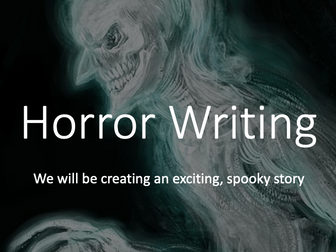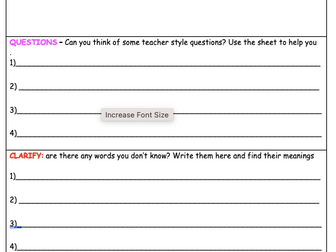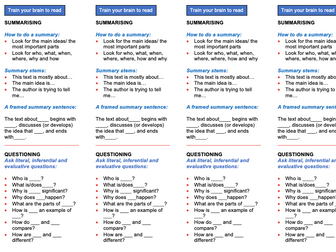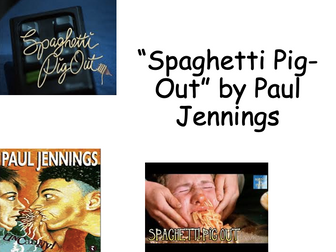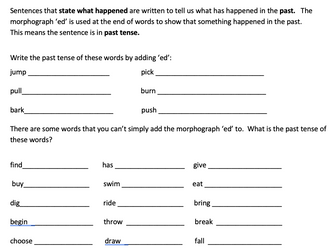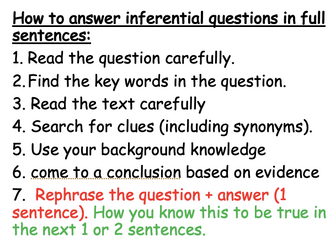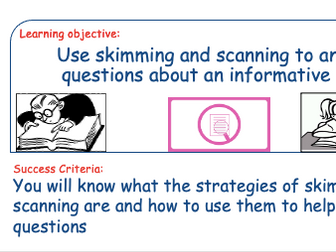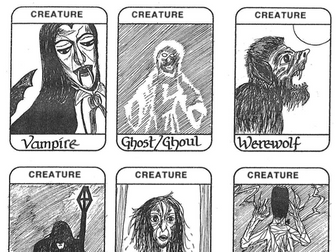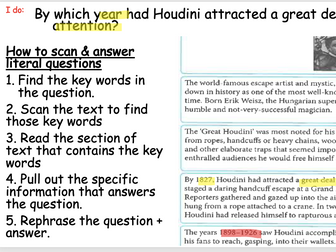Horror Narrative Writing with Grammar focus
<p>This is a series of 15 PowerPoint lessons with attached activities that takes students in in upper primary or lower secondary (low literacy) through all the skills and concepts needed to write a short horror narrative. The lessons take students from word level (nouns, verbs, adjectives etc.) through simple, compound and complex sentences and finally to descriptive writing techniques all with a coherent horror theme. The lessons support the scaffolded writing of a horror story - using hand-drawn horror playing cards and also provide editing and reviewing support using the acronym CUPS and ARMS. There is a writing skills checklist provided to ensure students have mastered their knowledge of grammar while constructing an effective horror narrative.</p>
<p>The PowerPoint and corresponding worksheets are numbered 1-15. The lessons are all structured with learning objectives, explicit vocabulary instruction and gradual release of responsibility with checking for understanding.</p>
